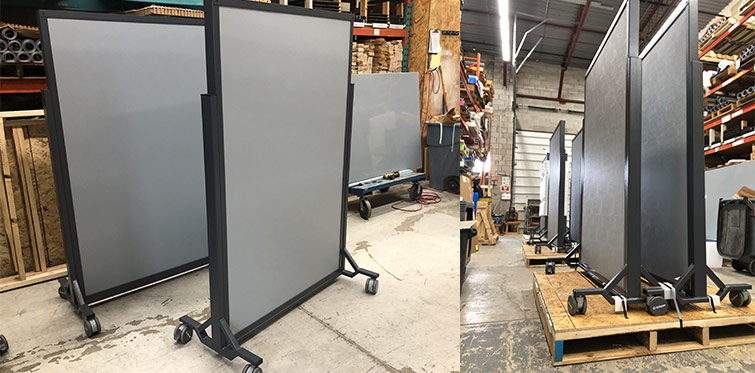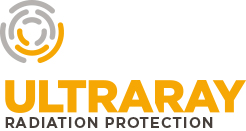Mobile Shielding Barriers for Fusion Research

Ultraray Group Inc. was approached by a fusion research company to undertake a challenging project involving the design, manufacture, assembly, and shipping of custom mobile lead barriers. The purpose of these barriers was to perform a nuclear shielding experiment, specifically neutron shielding. The client required barriers that could be easily nested together to create a movable shielding wall, allowing for flexibility and mobility.
Client’s Requirements:
The client needed a solution that would enable them to perform the neutron shielding experiment without constructing a permanent shielding room. They requested 16 custom mobile lead barriers that could be assembled and disassembled quickly, as well as transported to different locations with ease. To meet their specific needs, we proposed the design of barriers with heavy-duty casters for effortless movement.
Innovative Solution:
To produce these barriers, we adopted a novel approach. For the first time, we utilized a combination of 1/16th lead with 2 inches of high-density polyethylene (HDPE). This blend of materials provided effective neutron attenuation while reducing weight and enhancing portability. The custom design allowed the barriers to nest together securely, creating a robust shielding wall.
Challenges Faced:
This project presented several challenges that required careful planning and execution. Firstly, the lead barriers were entirely custom and had to be designed, manufactured, assembled, and shipped within a tight timeframe. Secondly, the barriers needed to be shipped fully assembled, necessitating the creation of custom-sized crates to ensure their safe transport. Lastly, the project’s timeline was constrained, requiring us to streamline the design and manufacturing processes.
Project Execution:
To tackle the challenges, we adopted an efficient and collaborative approach. Our team of experienced engineers and designers worked closely with the client to understand their requirements and specifications. With careful attention to detail, we swiftly designed the custom barriers, incorporating the unique nesting feature and heavy-duty casters. Once the design was finalized, our skilled manufacturing team utilized cutting-edge technology and precise techniques to manufacture the lead barriers. The assembly and quality control processes were executed meticulously to guarantee the barriers’ shielding integrity and functionality.
Timely Delivery:
Despite the tight timeframe, we were committed to delivering the project on schedule. Our project management team carefully coordinated the manufacturing, assembly, and shipping processes to ensure maximum efficiency. By maintaining open lines of communication with the client, we provided regular progress updates and promptly addressed any concerns or modifications. Through effective time management and coordination, we successfully shipped the fully assembled lead barriers within the specified timeframe.
Conclusion
This fusion research project posed significant challenges. By employing innovative techniques and collaborating closely with the client, our team achieved success in meeting their unique requirements. The project’s objectives were fulfilled, providing the client with a custom solution that allowed for flexible, nestable neutron shielding walls. Our ability to overcome the challenges and deliver the project on time demonstrated our expertise, commitment to quality, and effective project management.

